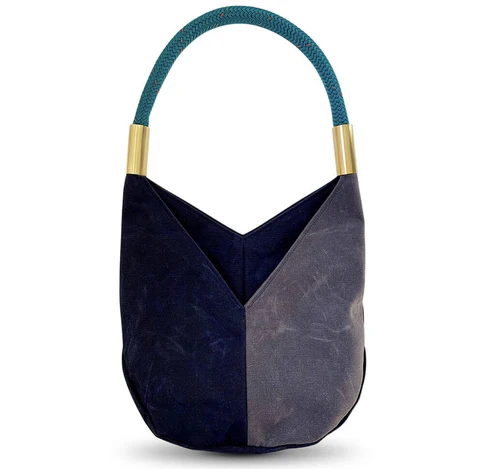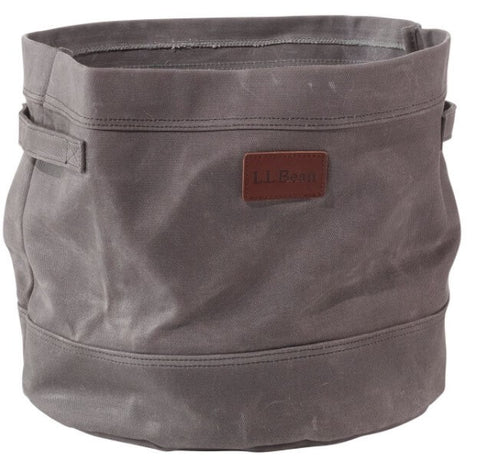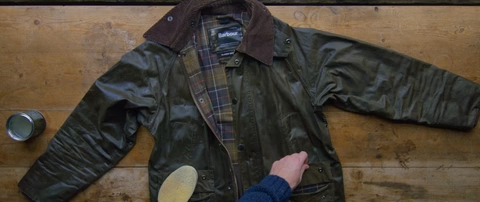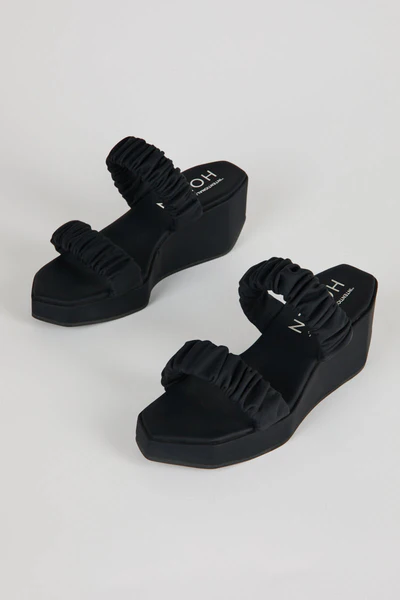What Is Waxed Canvas?
Once upon a time, waxed canvas was limited to hues of black and olive green, but now it's stepping into the spotlight in vibrant colors within the realm of sustainable and vegan-friendly fashion. Known for its remarkable durability, water resistance, and timeless appeal, waxed canvas is becoming a favorite for crafting stylish yet rugged bags and jackets. In this piece, we’ll delve into how this material is crafted, its eco-friendly attributes, and some exciting vegan alternatives that have emerged.

What Exactly Is Waxed Canvas?
Waxed canvas is essentially a woven cotton fabric that undergoes a treatment with a waxy substance to enhance its water-resistant properties and boost its longevity. Over time, it develops a natural patina that resembles the look of aged leather, complete with distinctive marks and scratches. This resemblance makes it a go-to option for vegans and those concerned about ethical animal treatment. Additionally, since it can be sourced sustainably, it’s an ideal pick for environmentally-conscious fashion enthusiasts.

How Does One Create Waxed Canvas?
The most common waxed canvas today is crafted using nylon and polyvinyl chloride, lightweight polymers that ensure both sustainability and affordability without compromising on quality. Historically, the dyeing process meant that waxed canvas could only be produced in dark brown, olive green, and black tones, each piece having a unique shade. When Barbour, a renowned jacket brand, embraced this material and paired it with corduroy collars, these colors became iconic.
Is Waxed Canvas Waterproof?
Absolutely! Waxed canvas has long been used as a technology for waterproofing, dating back centuries. It’s an excellent choice for jackets and bags that often encounter rain or snow, thanks to its robust nature capable of enduring generations of harsh conditions. It also works well as an interior material for bags, such as the cute and chic vegan leather cinch hobo bags from Hozen.
Of course, if you're curious whether waxed canvas is fully waterproof—say, if submerged entirely underwater—the answer is no. Throwing a waxed canvas bag in a washing machine or wearing a waxed canvas jacket while swimming might damage it. Fortunately, re-waxing waxed canvas is quite straightforward!

Â
Is Waxed Canvas Vegan-Friendly?
Traditionally, waxed canvas was treated with animal products like fish oils and animal fats to enhance durability. Even today, some purists swear by this age-old method for increasing the longevity of waxed canvas. However, for those who prefer cruelty-free options, waxed canvas can easily be made using natural and plant-based ingredients. For instance, VEJA, a brand dedicated to the vegan lifestyle, uses corn by-products to reinforce their material, giving it both durability and waterproof qualities.

Is Waxed Canvas Environmentally Friendly?
Not all waxed canvas is sustainable, but with global fashion brands increasingly investing in eco-friendly practices, this is shifting. Today, biodegradable substances are being utilized to treat canvas, making it easier to recycle or dispose of responsibly. Furthermore, the durability of waxed canvas allows brands to repurpose and recycle old sails or tarps into innovative and vintage-inspired garments.
These advancements in production techniques mean that environmentally-conscious brands can experiment with this robust and classic material to design stunning handbags and jackets.
var related_products_slider_options = {"enabled": true, "slider_display": 5, "slider_autoplay_enabled": false};Spunbond nonwoven fabric, Non Woven Spunbond Fabric, Diamond rolling point
TAIZHOU GAOXIN NONWOVENS CO.,LTD , https://www.cntz-nonwovens.com




